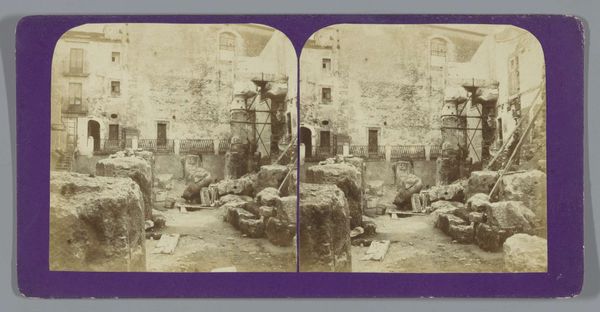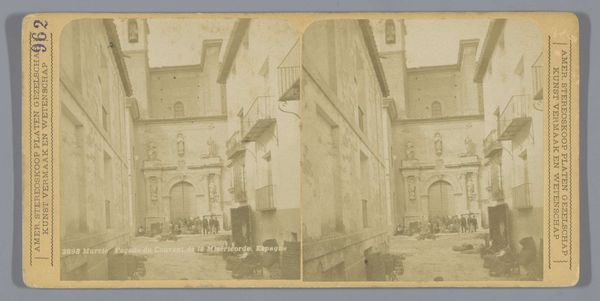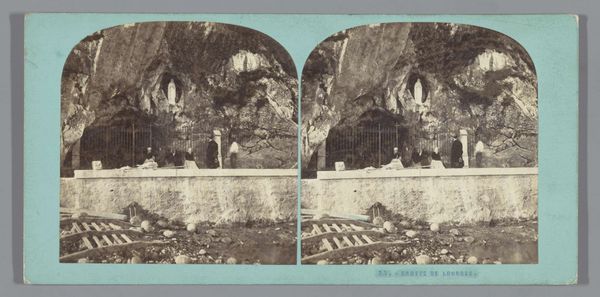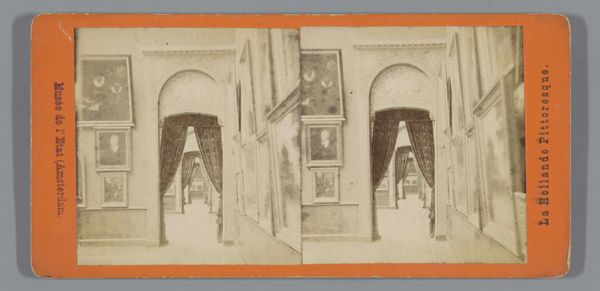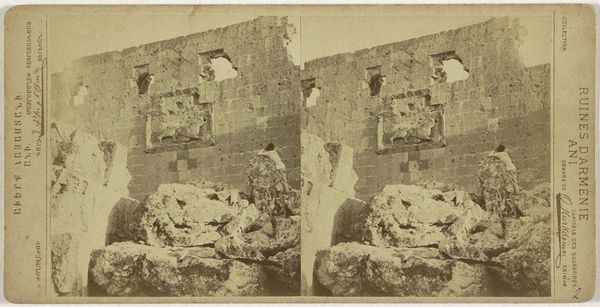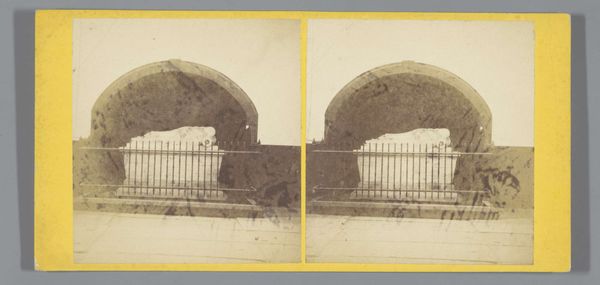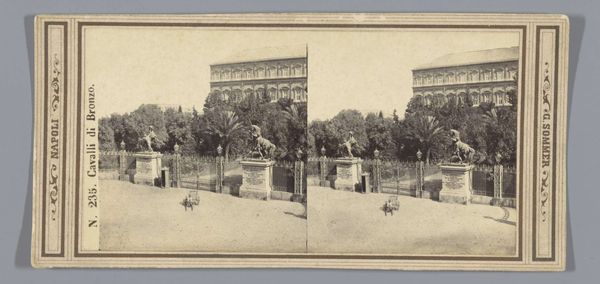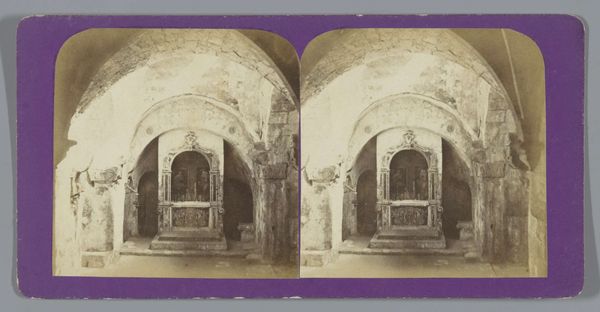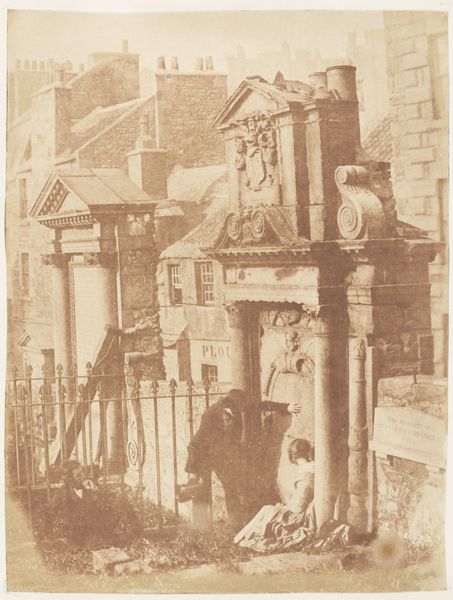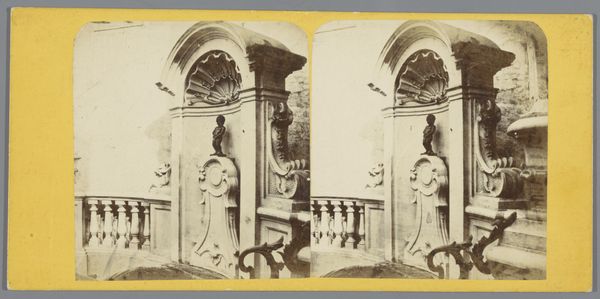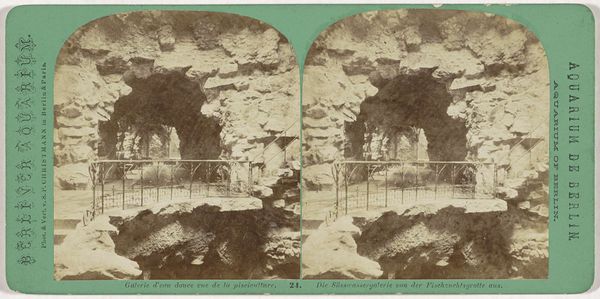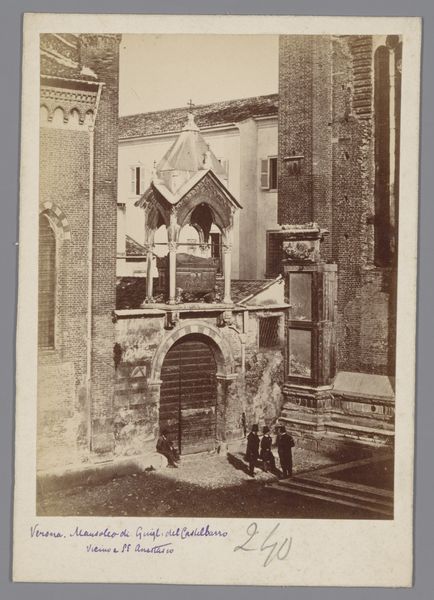
Ruïne van een versierde muur in het Paleis van de Koopman ofwel Selçuklu Sarayi, Ani 1875 - 1880
0:00
0:00
print, daguerreotype, photography
# print
#
landscape
#
daguerreotype
#
photography
#
ancient-mediterranean
#
orientalism
Dimensions: height 90 mm, width 178 mm
Copyright: Rijks Museum: Open Domain
Curator: This haunting image, taken between 1875 and 1880 by Onnes Kurkdjian, depicts "Ruins of a Decorated Wall in the Merchant's Palace, or Seljuk Sarayi, Ani." Editor: There’s something about this crumbling façade. It evokes a profound sense of loss, doesn't it? That arabesque pattern, even in its dilapidated state, suggests a grand history, of lives lived and lost to ruin. Curator: Absolutely. The photograph itself becomes a reliquary, a tangible connection to a fragmented past. These motifs resonate with ancient Anatolian symbols, carrying echoes of prosperity, trade, and a complex fusion of cultures. Think of the symbolic weight embedded in each geometric form. Editor: Thinking materially, look at how the photographer captured this. A daguerreotype, yes? The process itself, chemical reactions on metal, mimics the slow decomposition of the stone. The photograph is itself a kind of ruin in miniature. Also I bet that place used to have incredible colors, which are all now reduced to gray. Curator: That's insightful. And within the destruction, note the arch still visible. It provides an archetypal frame, a hopeful aperture framing further loss within. The artist captures light in a certain way here, evoking what must have been once a palace teeming with social connections and activity, reducing now into decay. It serves as a powerful memento mori, does it not? Editor: It makes me wonder about the labor that went into creating this wall – the hands that carved those intricate designs, the quarrying and transport of the stones. The photographer captures a long arc of extraction, creation, destruction and rediscovery. Each act involving specific actors in society. Curator: A perfect observation, that makes this print an evocative contemplation on the transient nature of power, doesn't it? Editor: A reflection on our own fleeting contributions to the physical world and their fate too.
Comments
No comments
Be the first to comment and join the conversation on the ultimate creative platform.
